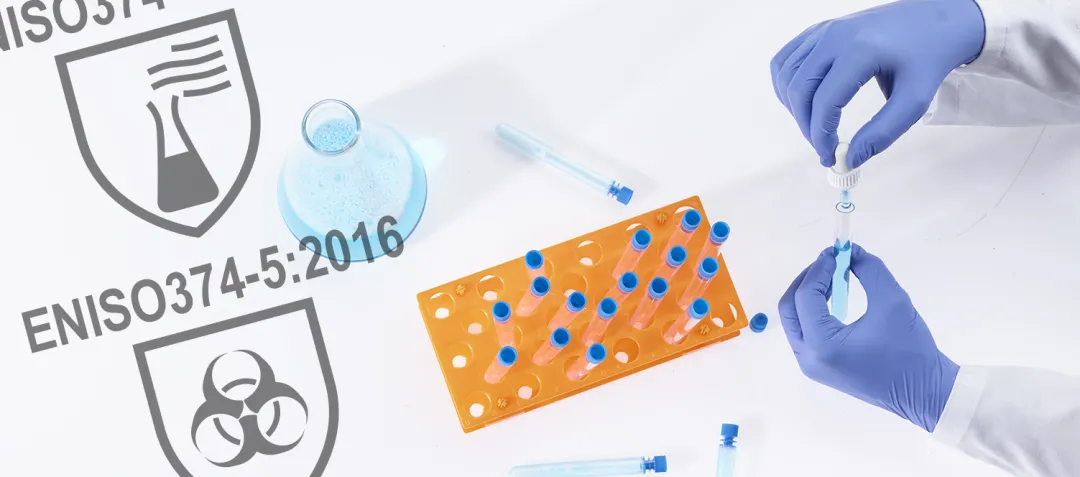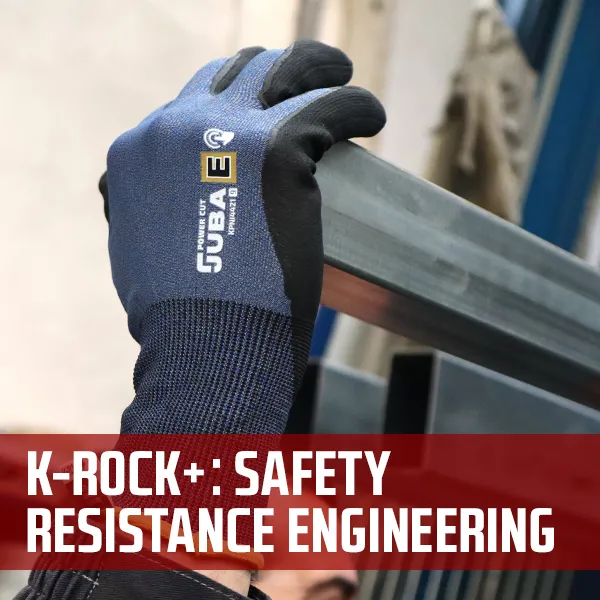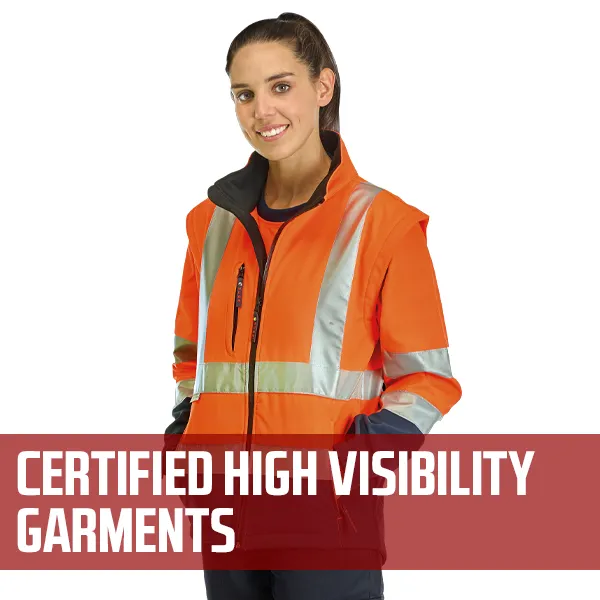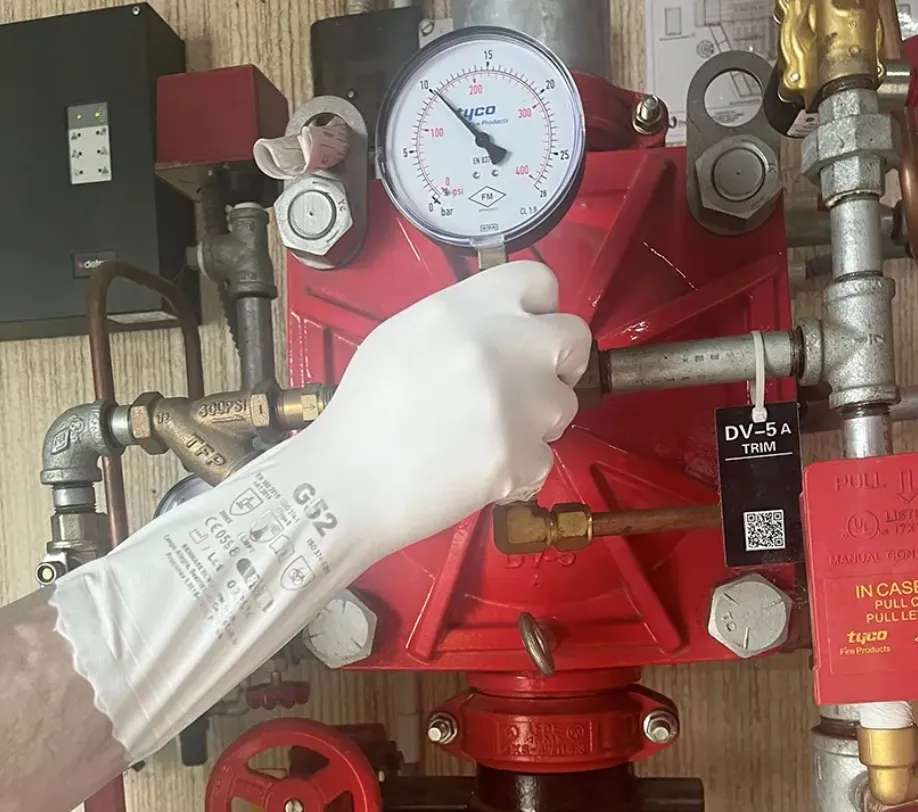Actualidad
Update EN ISO 374: 2016. Protective gloves against dangerous chemicals and micro-organisms.


Juba is introducing new regulation EN ISO 374 for the protection against chemicals products. This is more exigent than the previous one. Below we will try to explain the main changes.
The norm EN 374:2016 establish the requirements for gloves focus on the user’s protection against chemicals and micro-organisms. This rule does not establish requirements against mechanical risks. All this gloves are category III.
It is divided in following parts:
ISO EN 374-1:2016: Terminology and requirements for chemical risks. Based on three test methods:
- EN 374-2:2014: resistance to penetration.
- EN 16523-1:2015: permeation by chemical liquids under continuous contact. This regulation update the section 3 from EN374.
- EN 374-4:2013: Determination of resistance to degradation by chemicals.
Type of gloves Requirement Logo Type A Permeation resistance (En374:2)
Time of resistance ≥ 30 minutes for at least 6 chemical substances.
Type B Permeation resistance (En374:2)
Time of resistance ≥ 30 minutes for at least 3 chemical substances.
Type C Permeation resistance (En374:2)
Time of resistance ≥ 10 minutes for at least 1 chemical substances.
The deterioration test or the physical variation of the glove in contact with the chemical product is a novelty introduced in this regulation. For this, it is used a perforation test and in case this could not be done, a test of weight variation is made. The result should appear in the informative leaflet.
Extension of chemicals:
Codeletter Chemical CAS Number Class A Methanol 67-56-1 Primary alcohol B Acetone 67-64-1 Ketone C Acetonitrile 75-05-8 Nitrile compund D Dichloromethane 75-09-2 Chlorinated hydrocarbon E Carbon disulphide 75-15-0 Sulphur containing organic compound F Toluene 108-88-3 Aromatic hydrocarbon G Diethylamine 109-89-7 Aminae H Tetrahydrofuran 109-99-9 Heterocyclic and ether compound I Ethyl acetate 141-78-6 Ester J n-Heptane 142-85-5 Satuder hydrocarbon K Sodium hydroxide 40% 1310-73-2 Irorganic base L Sulphuric acid 96% 7664-93-9 Inorganic mineral acid, oxidizing NEW M Nitric acid 65% 7697-37-2 Inorganic mineral acid, oxidizing N Acetic acid 99% 64-19-7 Organic acid O Ammonium hydroxide 25% 1336-21-6 Organic base P Hydrogen peroxide 30% 7722-84-1 Peroxide S Hydrofluoric acid 40% 7664-39-3 Inorganic mineral acid T Formaldehyde 37% 50-00-0 Aldehyde EN ISO 374-5
The gloves offer protection against micro-organisms: bacteria and fungus when EN 374-2:2014 is applied (air leak and water leak) because water tightness is analysed.

The gloves that offers protection against virus too, should accomplished ISO 16604: Protection against bacteriophages Phi-X174 transported in blood.





